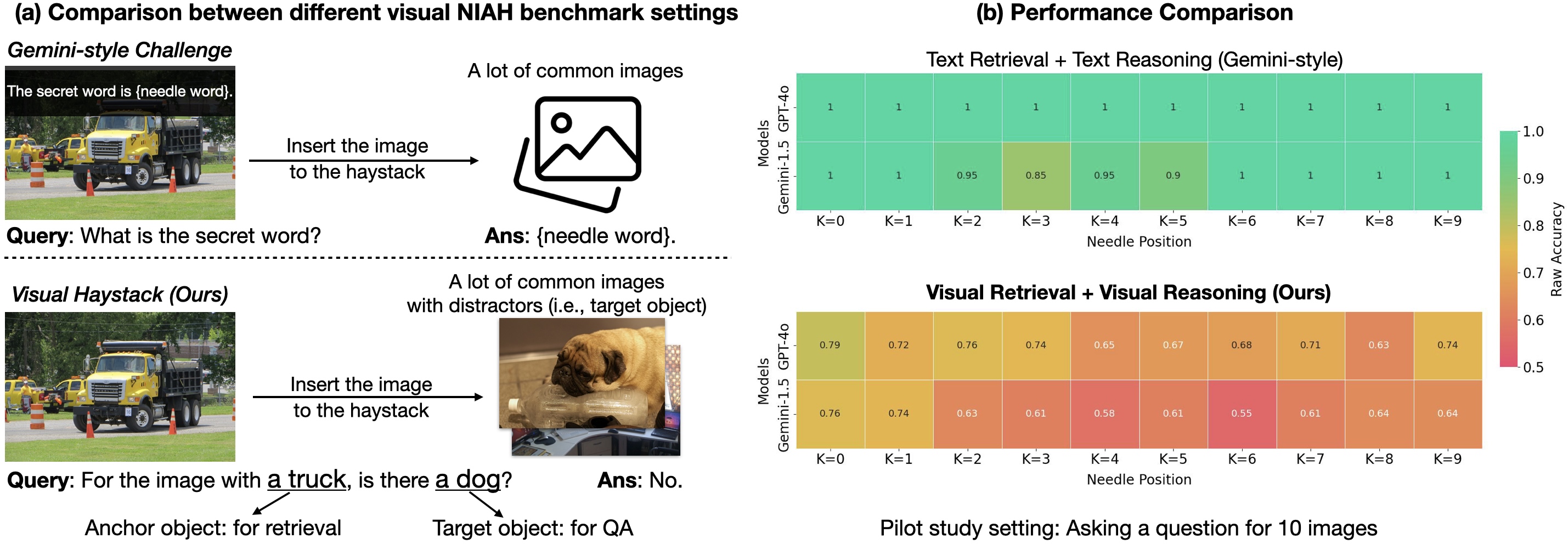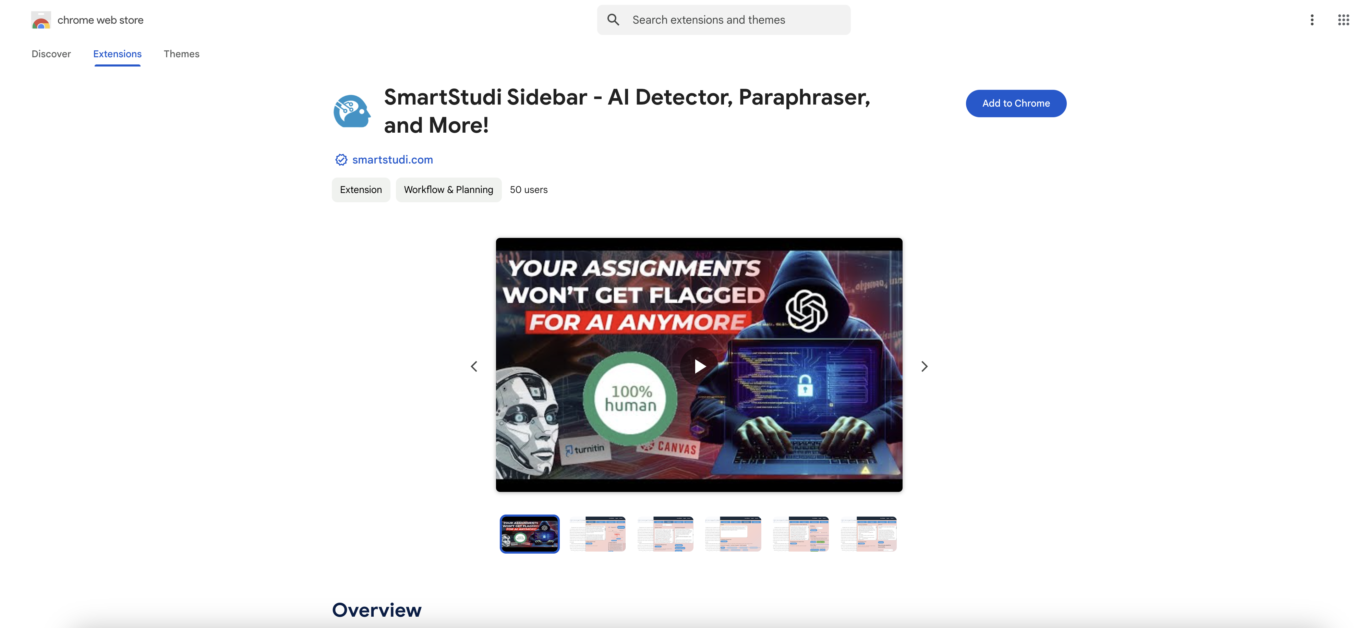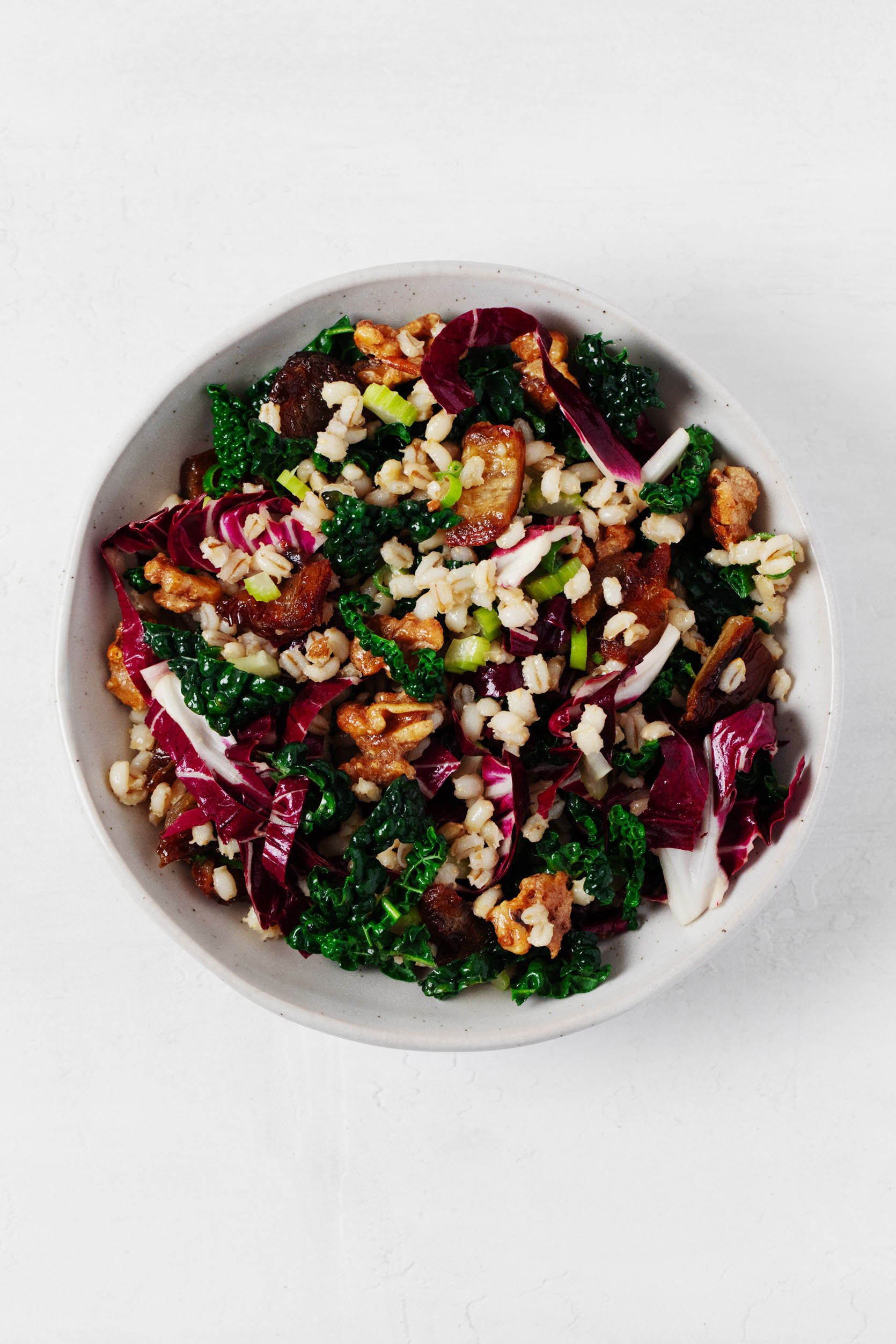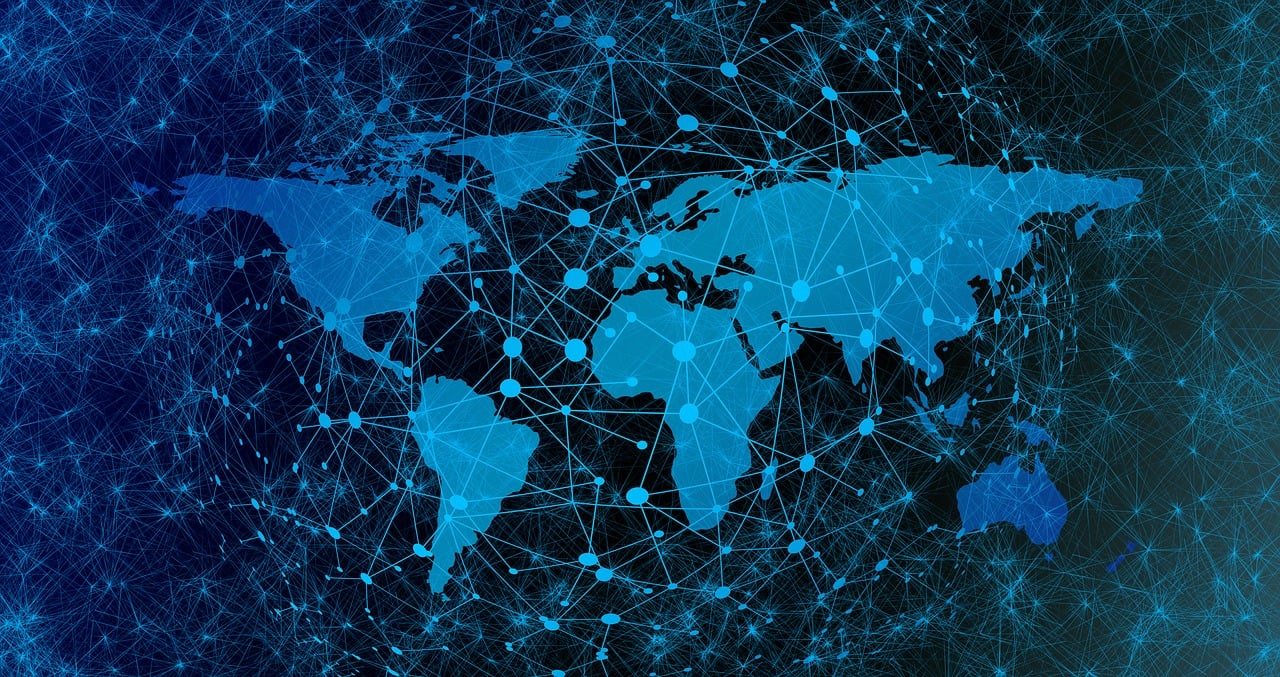How AI is Revolutionizing the Food Industry with Automation?
How AI is Revolutionizing the Food Industry with Automation? The food business is renowned for its rich history, but because of its continuous challenges, such as labor shortages, supply chain disruptions, and food waste, this […]

How AI is Revolutionizing the Food Industry with Automation?
The food business is renowned for its rich history, but because of its continuous challenges, such as labor shortages, supply chain disruptions, and food waste, this industry has shifted its focus to technology to simplify its business and enhance customer experience.
Artificial Intelligence (AI) is severely transforming this sector by embracing automatons. AI application development in the food business is a global trend now. From smart kitchens to optimizing food delivery, predictive analytics, and improvements of customer services, AI is increasingly being integrated into the way food businesses operate. This article guides on how automation is transforming the food industry through AI.
AI and Its Impact on the Food Industry
From speech and image recognition to making data-driven decisions, AI performs tasks that people consider unique to human intelligence. In the food industry, AI is no longer a concept but a tool that accelerates automation across the supply chain, production (cooking), and customer-facing services delivery. AI app development remains at the forefront of these processes in the future ahead and saves a lot for companies.
Let’s examine how AI app development is improving all facets of the food industry and automating processes.
-
Smart Kitchens and Food Preparation
In a modern kitchen, efficiency and consistency play a huge role. AI-based robotic chefs and automation tools have transcended human capabilities for unprecedented accuracy in cooking. They can chop, stir, grill, or even plate a dish. They depend on AI algorithms which allow them to replicate human culinary action.
Besides that, AI improves the overall workflow of a kitchen. Apps integrated with AI can predict inventory levels of ingredients and suggest new recipes based on stock available. Even smart cooking systems that work through AI can adjust to conditions such as temperature changes or spoiled ingredients, so dishes are always at the best they can be.
AI-based systems can also find inefficiencies in kitchen practices based on past cooking sessions data. Such systems make recommendations to improve operations and reduce wastage and staff utilization. Such automation does not only enhance efficiency but also efficiency and quality, both important aspects in sustaining the satisfaction of customers.
-
Food Delivery and Logistics Optimization
Perhaps the most impactful change AI is making in the food sector is related to delivery and logistics. As more consumers begin to place orders online, this necessitates greater food business efficiency in their delivery operations. AI development of food apps plays a critical role in streamlining it.
With its power to know real-time traffic, weather conditions, and historical delivery performance, AI-powered apps can accurately predict delivery times. AI algorithms also determine the most efficient routes for delivery drivers to ensure that food arrives at its destination hot and on time. AI systems can also predict the demand for deliveries in specific areas so that food businesses can better allocate their resources (delivery drivers, for example).
Additionally, AI-powered smart logistics platforms assist restaurants and food companies to manage their supply chains in more efficient ways. By analyzing past data or based on forecast demand, AI applications help businesses maintain proper stock levels. This reduces waste and makes sure a business does not overstock or run out of popular ingredients.
-
Customer Service Automation
In the food industry, good customer service is key to business success. AI-powered chatbots and virtual assistants help businesses automate customer interactions that result in faster response times and more personalized experiences.
These chatbots powered by AI can take orders, answer frequently asked questions, or suggest menu items based on previous customer behavior and preferences. The use of machine learning algorithms has made AI chatbots more efficient at analyzing the user’s queries and providing quick response.
Furthermore, AI applications can gather data on customers and evaluate the same for a customized experience. For example, with AI, the order history of a customer can be traced, and it can provide a list of similar products or even offer discounts on items that have been most purchased. It helps in building loyalty among customers and also enhances their overall experience.
AI also changes the in-restaurant experience. Many fast-food chains as well as restaurants make use of in-kiosk ordering through AI systems that gather a customer’s order. Such kiosks can recognize customer’s preferences, propose combinations of food and even deal with payments that reduce waiting time and free time for wait staff to perform something else.
-
Inventory Management and Waste Reduction
There is always the challenge of either overstocking or understocking food businesses. Overstocking resulted in food spoilage and waste, while understocking led to missed sales and customer dissatisfaction. Fortunately, AI-powered inventory management systems are being used by food businesses to optimize stock levels, minimize waste, and increase profits.
Using factors include seasonality, weather, local events, and historical data, predictive analytics apps can forecast the demand for various food items. This helps businesses predict their needs for proper inventory at the right time without overordering at any given moment. AI tracks expiry dates; it will make automatic suggestions to reorder items close to going bad, thus minimizing waste and ensuring the kitchen is fully stocked with fresh ingredients.
Restaurants can also make use of AI to understand the preferences of customers and sales records. It informs and lets restaurants know exactly how much of each ingredient is required for any given dish, hence waste is minimized. For example, when a restaurant consumes fewer amounts of a particular dish, the AI system decreases the stock of that particular dish automatically, hence reducing food waste.
-
Personalized Recommendations and Menu Optimization
AI-powered recommendation engines transform the way food businesses approach menu design as well as interacting with their customers. AI apps are capable of gauging customer preferences and purchasing behavior and even sentiment from social media or online reviews to help businesses tailor their menus according to customers’ needs.
For example, AI applications create new menu items based on the preferences of the customers, trends, and even nutritional requirements. This enables restaurants and food companies to provide different types of dishes and bring in more customers.
Apart from optimizing the menu, AI can make recommendations to the customer. Customers using AI-powered food ordering apps will gain added personalization-based suggestions based on their past order history and dietary preferences. These personalized experiences create a far more engaging customer journey, resulting in higher satisfaction, and thereby more business.
-
Predictive Analytics for Demand Forecasting
Using historical data, customer behavior, and market dynamics, AI food apps can predict the demand of a particular dish or an ingredient at a certain time. For example, using AI applications, the pizza restaurant can predict demand on Friday evenings or during peak days. A business will ensure they have in stock all the ingredients to cater to their customers without overstocking, which not only improves a business’s operational efficiency but also ensures that food wastage and the inconvenience of a customer are reduced.
AI is also unavoidable when it comes to the seasonal fluctuations of demand in food businesses. Like, for instance, restaurants might have a huge peak during holidays like Thanksgiving or summer. Through AI-based apps, businesses can track such shifts and adjust their production schedules, as well as the number of employees, simultaneously aligning their inventory levels.
-
Enhancing Food Safety and Quality Control
Artificial Intelligence applications also track food preparation processes from raw material preparation up to packaging to determine potential faults that might influence quality or safety. It can be in the form of contamination or spoilage in food through the examination of visual and sensor data, which gives advance warnings against dangerous food products’ circulation, reducing the instance of food poisonings and maintaining good hygiene and safety standards in commerce.
Additionally, AI can help ensure that food products meet regulatory requirements. Apps driven by AI can monitor compliance with food safety standards, track the certification process, and produce reports so food businesses are on top of regulations.
Conclusion
Applications of Artificial Intelligence also monitor the preparation processes of foods from the preparatory stages of raw materials to the packaging. This helps identify the potential faults that may affect quality or safety. It may include contamination and food spoilage, which is through analyzing visual and sensor data, providing advance warnings on hazardous food products circulation; thereby lowering instances of food poisoning and upholding high standards of hygiene and safety in commerce.
Apart from controlling food safety, AI is also there to ensure that products offered pass the regulatory requirements. AI-driven apps monitor compliance with food safety standards, track the certification process, and produce reports so food businesses are on top of regulations.
[contact-form-7]






















_full.jpg)













/https://tf-cmsv2-smithsonianmag-media.s3.amazonaws.com/filer_public/f8/d1/f8d1d2d3-a902-4b87-bf28-aa399bb1a496/gettyimages-1086356814_web.jpg?#)
/https://tf-cmsv2-smithsonianmag-media.s3.amazonaws.com/filer_public/80/89/80890aba-62f9-4f41-8585-39d19a93f8e8/gettyimages-2160559347_web.jpg?#)

































